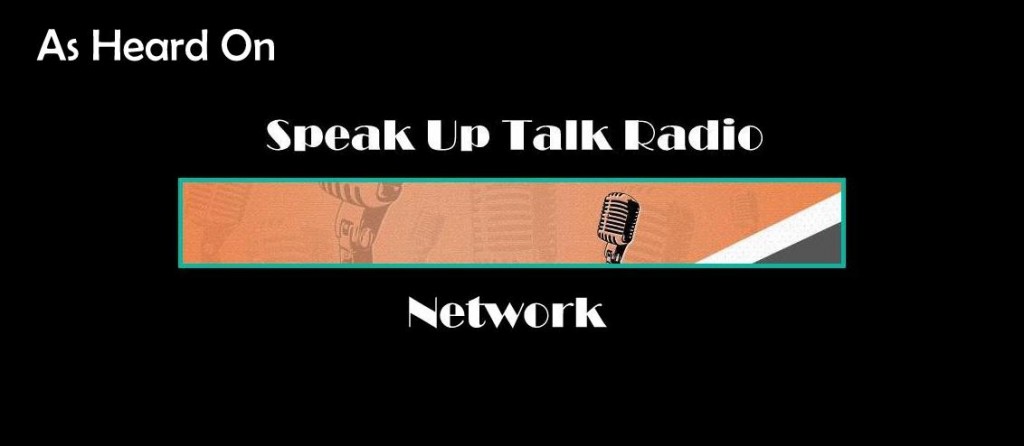Previous section: “Facing Death“
Today’s section from Descending into War, Descending into Contempt, pp. 36-39:
Remodeling Reality
Changing reality diverges (di, two; verger, to incline [to bend forward or prompt to do something]) the future. The making of the future accompanies every action and every interaction that occurs. The future is constantly changing.
Objectification enables treatment of others to be inhumane. Whether the others are hated or not, inhumane treatment causes a future that is inclined towards indignations. Inhumane treatment and continued objectification of people and animals spiral into societal living that is abhorrent.
Human nature, just like the nature of each animal group, is partially unchangeable and partially controlled by internal governance. Humans live within the boundaries of their physiology and their capacities for thought. The range of boundaries and capacities is genetically, geographically, and companion-personality influenced (by parents, siblings, caregivers, and peers). In addition, the range is influenced by societal and historical frameworks. Modern influences on the range are technology, pharmacology, and rootlessness.
Hormonal influences have overall input into human behavior. The hormones — especially the sex hormones — direct the eyes, and the drive, and the desires. Choices made because of hormonal insistence are confident temporarily, while the immersion in the hormonal actions capture reason. Hormonal influences affect the future in the choices to allow them to determine actions.
Divergence of possible consequences from choices and actions! Divergence shows the future what could have been in the past. Divergence thought is shown in statements of “If only”. “If only they had chosen to…” “If only the school officials had…” “If only…” If onlys are reflections on the past, but they can be used in the present to create a future that is harmonious. The current acceptance of unkindness as behavior that is part of human nature is changeable. Unkindness is not built in, and it can be softened by actions that change the future.
Men and women have hormonal forces that open them to unkind actions. Masculine and feminine unkindness can be similar, but masculine unkindness can be more destructive. The phenomenon of emasculation is the basis of horrendous destruction, as described in “Feelings of Emasculation”. Masculine submersion into the depths of destruction is the cause of crises and conflicts throughout the world. The future is often molded on the aspirations and descent of men. Women have secondary roles in most of the conflicts, because of societal and internal reasons. The future has less negativity because of women.
Conflicts can be changed into compromises and détente when the desire to coexist is nurtured. Many paths are angled towards coexistence, but these coexistence paths depend upon determination and participation to succeed.
Here is a coexistence path that understands the physical and hormonal needs of men. It requires the participation of boys and men in all stations of society. This path recognizes the energy that is generated within each man that pushes towards action.
This path, in recognition of the energy that must be released, is based on local gatherings of boys and men in games or competitions that are played daily. The games must include physical exertion — with or without contact — that releases heat, adrenaline, and potassium. The release of these components reduces aggressive behavior.
Daily physical exertion is key to lowering conflict. Watching other men in physical competitions initiates the release of the conflict components, but becomes a catalyst for frustration if personal release does not occur. Boys and men who are inactive disturb the energy-release requirement. Inactivity produces alternate “routes” for release that can cause uncontrollable bursts of anger, emotional dis-tress, and illness.
The application of this path has global implications when each small area implements it: local disagreements lessen, regional barriers relax, and conflicts fade. The release of conflict components through daily local gatherings of males participating in games or competitions affects neighborhood groups, corporate management, and government leaders. From young to old, the physical gatherings help the men create a future that is less conflicted.
Next section: “Investing in Potential“










 Speak Up Talk Radio
Speak Up Talk Radio Goodkindles
Goodkindles Goodreads
Goodreads